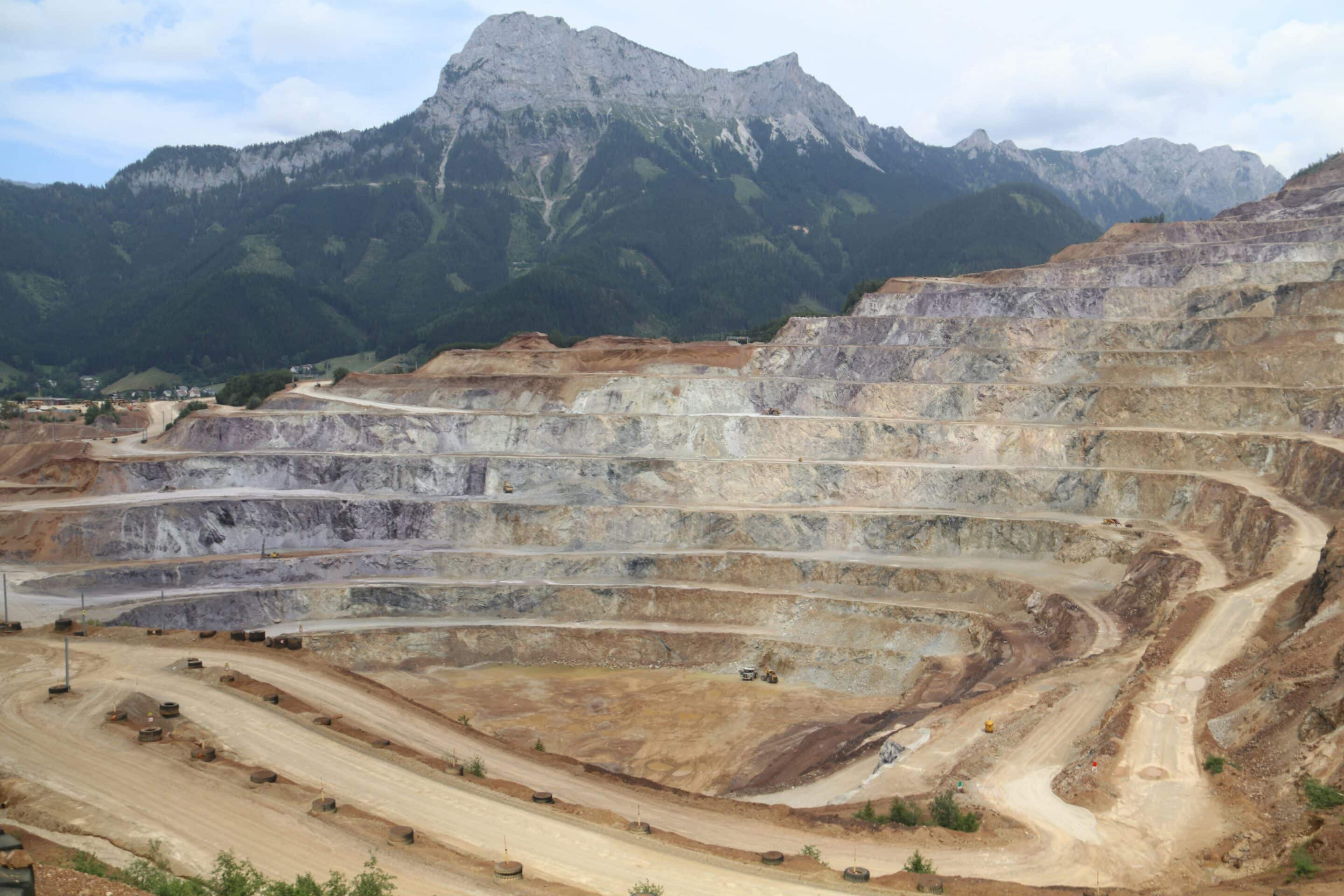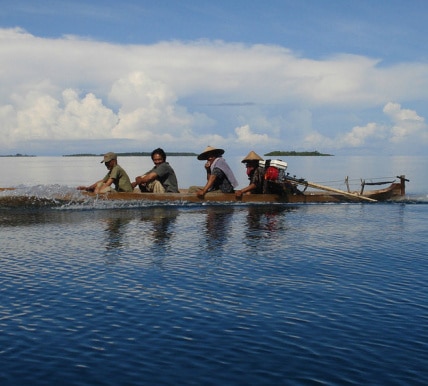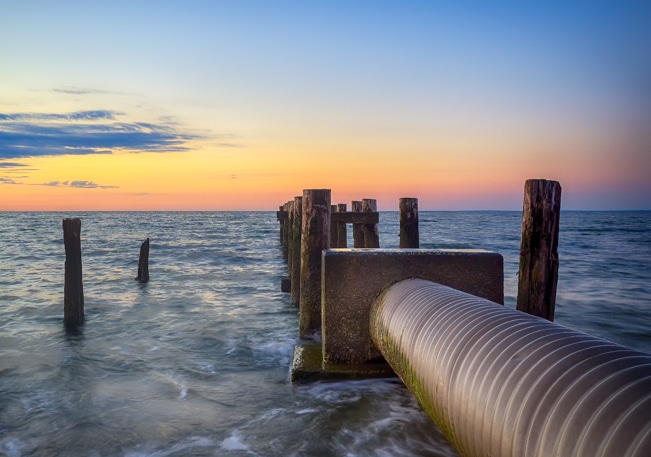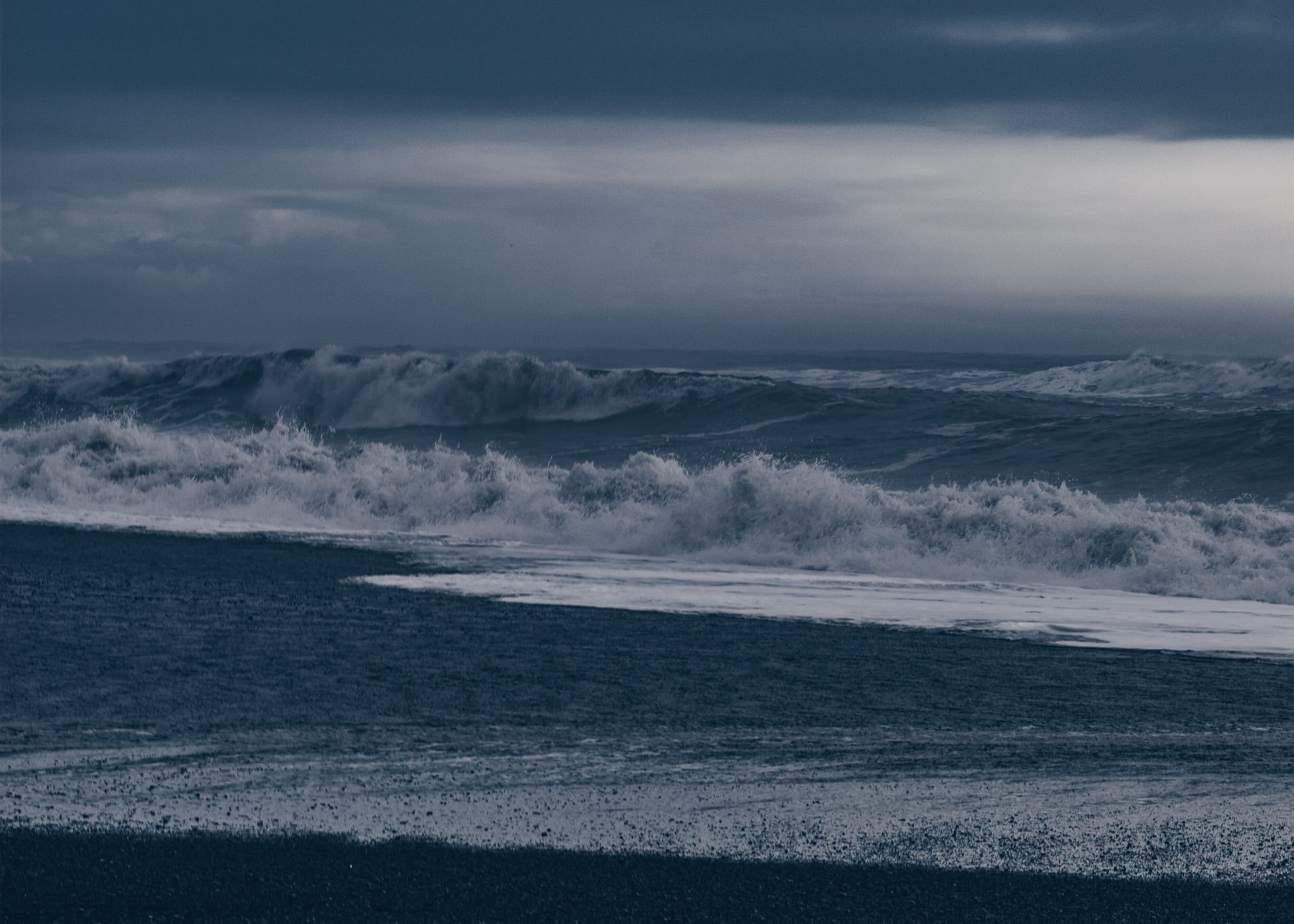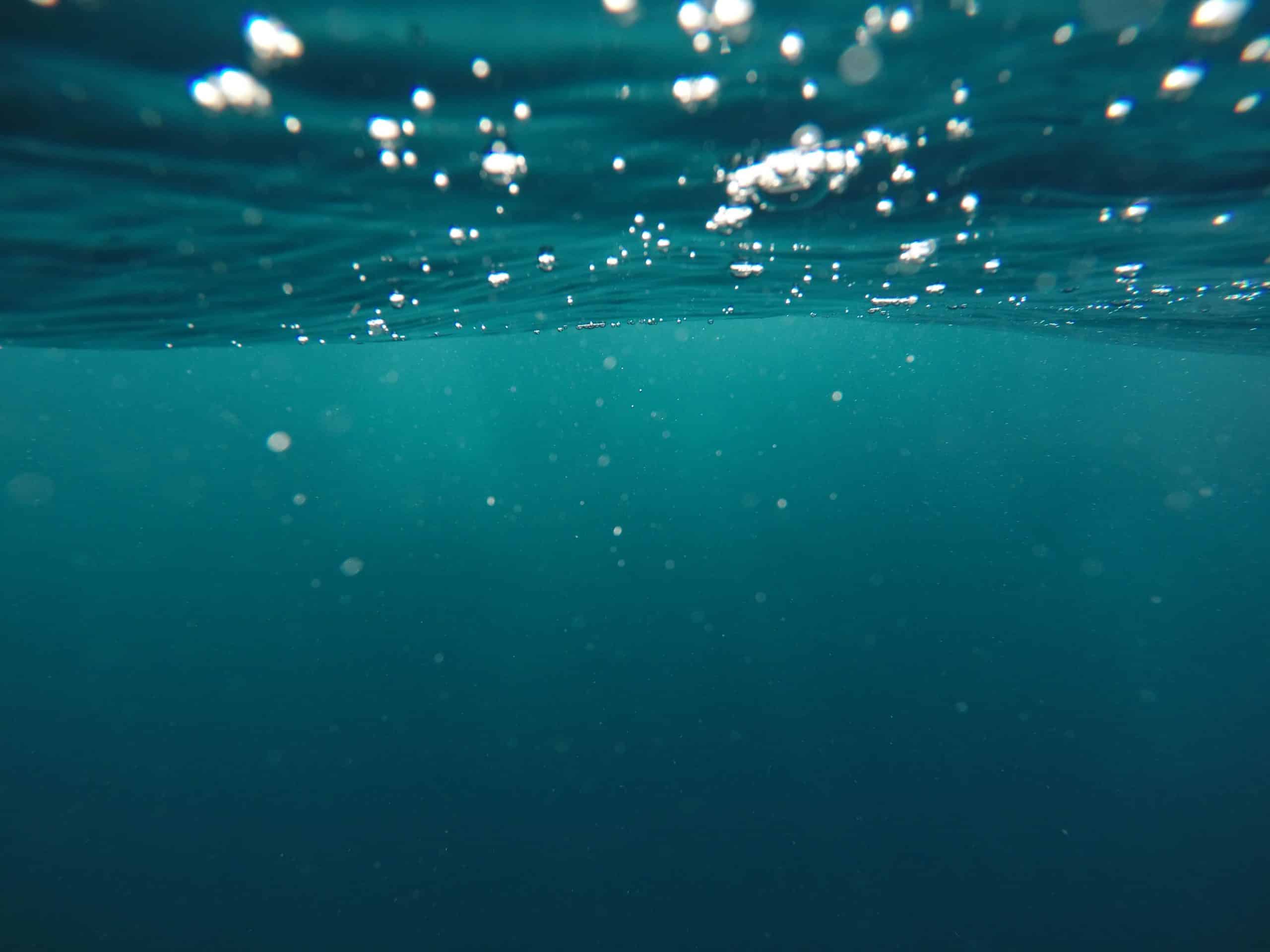Ocean Alkalinity Enhancement
Type
Areas of deployment
Proposal
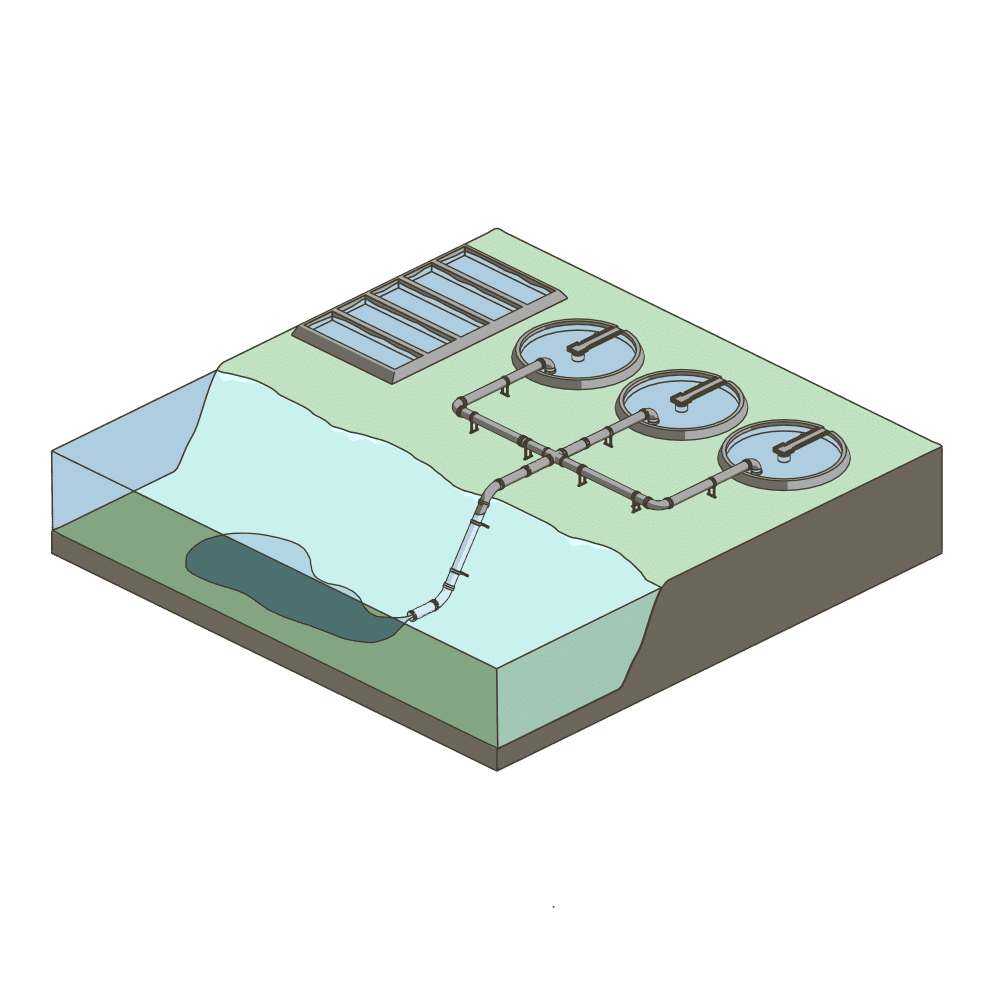
Featured project
Show on map
Latest technology update
Show update
Description and purpose of the technology
There are several types of OAE that generally fall into the following and often overlapping categories:
- Ground minerals: These approaches aim to mimic natural weathering processes by adding ground-up alkaline minerals such as limestone, olivine, magnesite or brucite directly into the ocean or onto beaches, where they are washed into the ocean by wave action. They are also referred to as marine-based Enhanced Weathering.
- Electrochemical: These processes extract seawater from the ocean and return it in a more alkaline state, or remove CO2 from seawater to increase the ocean’s ability to absorb atmospheric CO2.
- Photochemical: Alkalinity enhancement can be triggered by the absorption of light, whereby a molecule will become acidic when exposed to sunlight and revert to its original neutral form in the dark.
Actors involved
The main actors include:
Planetary Technologies (formerly Planetary Hydrogen) is developing and commercializing its SeaOH2 technology, which is a very energy-intensive process involving splitting water into hydrogen and oxygen by electrolysis, after which a mineral salt (MgSiO₃ rock, derived from alkaline rock tailings) is added, producing alkaline magnesium hydroxide as a by-product. The company plans to discharge the magnesium hydroxide into the ocean to increase its alkalinity and allow it to absorb more carbon dioxide from the atmosphere. In 2022, Planetary Technologies conducted an initial OAE trial in St. Ives Bay, UK, where magnesium hydroxide was added as a slurry to the sewage discharged from a wastewater treatment plant, which has resulted in vigorous protests by local communities. A second, larger-scale experiment in St. Ives Bay has been postponed due to the opposition it has faced. In 2023, Planetary Technologies began a multi-year OAE experiment in the Halifax harbour area, Canada and, in 2024, the company announced an initial trial off Vancouver, in the Strait of Georgia, with plans to establish a regional OAE hub. In 2024 and 2025, Planetary Technologies will also conduct OAE trials in coastal waters off Norfolk, Virginia, by adding alkaline substances to treated wastewater at the mouth of the Elizabeth River in the Chesapeake Bay. The company plans to sell carbon credits through its OAE projects, and has already sold credits to Shopify.
California-based Vesta (formerly Project Vesta), founded by “biohacker” and brain drug entrepreneur Eric Matzner, is testing EW with olivine-rich rocks on beaches. In 2022, Vesta spread 650 tonnes of olivine over a 400 meter stretch of beach north of Southampton on Long Island in eastern New York, and the open-air experiment is expected to last two years, during which the amount of carbon dioxide absorbed will be measured. Vesta says it has also received approval from the Dominican Ministry of the Environment for the first phase of outdoor tests in two bays in the Dominican Republic, which was expected to begin in 2022. Vesta has applied for permission to conduct outdoor experiments in North Carolina and is seeking partners for additional experiments, including in the Great Lakes region of North America. It is also participating in a research project on OAE in tidal wetlands in a salt marsh ecosystem in Massachusetts, USA.
Impacts of the technology
The impacts of OAE on the carbon cycle and biodiversity are unpredictable due to the complexity of the marine environment and carbon exchange processes, and may, for example, threaten marine food chains. Whilst the main three OAE approaches differ technologically, they face a number of common challenges, including:
- Carbon dioxide-depleted water can only absorb atmospheric carbon dioxide when it rises to the surface and comes into contact with air, which can take hundreds of years.
- Research undertaken on Tasmanian beaches has shown that OAE can significantly reduce natural alkalinity production by slowing natural weathering through increasing the carbonate saturation of seawater.
- Italian researchers have shown that OAE can cause temporarily high pH values that can be dangerous to marine life.
- The International Maritime Organisation (IMO) states that marine geoengineering technologies, including OAE, “have the potential to cause deleterious effects that are widespread, long-lasting or severe” and highlights that “there is considerable uncertainty regarding the effects on the marine environment, human health, and on other uses of the ocean”.
- OAE approaches which aim to mimic the process of natural weathering would require the addition of several gigatonnes of mined alkaline minerals to the ocean per year in order to enhance ocean alkalinity on a climate-relevant scale. This would require vast quantities of minerals to be mined, milled, transported and distributed, which would have a large environmental footprint.
Reality check
OAE is currently at the forefront of the hype around marine Carbon Dioxide Removal, and an increasing number of projects and companies are commercialising the technologies involved.
Ocean Alkalinity Enhancement
TIPO
Zonas de despliegue
Propuesta

Proyecto destacado
Mostrar en el mapa
Última actualización de la tecnología
Mostrar actualización
Descripción y propósito de la tecnología
There are several types of OAE that generally fall into the following and often overlapping categories:
- Ground minerals: These approaches aim to mimic natural weathering processes by adding ground-up alkaline minerals such as limestone, olivine, magnesite or brucite directly into the ocean or onto beaches, where they are washed into the ocean by wave action. They are also referred to as marine-based Enhanced Weathering.
- Electrochemical: These processes extract seawater from the ocean and return it in a more alkaline state, or remove CO2 from seawater to increase the ocean’s ability to absorb atmospheric CO2.
- Photochemical: Alkalinity enhancement can be triggered by the absorption of light, whereby a molecule will become acidic when exposed to sunlight and revert to its original neutral form in the dark.
Actores involucrados
The main actors include:
Planetary Technologies (formerly Planetary Hydrogen) is developing and commercializing its SeaOH2 technology, which is a very energy-intensive process involving splitting water into hydrogen and oxygen by electrolysis, after which a mineral salt (MgSiO₃ rock, derived from alkaline rock tailings) is added, producing alkaline magnesium hydroxide as a by-product. The company plans to discharge the magnesium hydroxide into the ocean to increase its alkalinity and allow it to absorb more carbon dioxide from the atmosphere. In 2022, Planetary Technologies conducted an initial OAE trial in St. Ives Bay, UK, where magnesium hydroxide was added as a slurry to the sewage discharged from a wastewater treatment plant, which has resulted in vigorous protests by local communities. A second, larger-scale experiment in St. Ives Bay has been postponed due to the opposition it has faced. In 2023, Planetary Technologies began a multi-year OAE experiment in the Halifax harbour area, Canada and, in 2024, the company announced an initial trial off Vancouver, in the Strait of Georgia, with plans to establish a regional OAE hub. In 2024 and 2025, Planetary Technologies will also conduct OAE trials in coastal waters off Norfolk, Virginia, by adding alkaline substances to treated wastewater at the mouth of the Elizabeth River in the Chesapeake Bay. The company plans to sell carbon credits through its OAE projects, and has already sold credits to Shopify.
California-based Vesta (formerly Project Vesta), founded by “biohacker” and brain drug entrepreneur Eric Matzner, is testing EW with olivine-rich rocks on beaches. In 2022, Vesta spread 650 tonnes of olivine over a 400 meter stretch of beach north of Southampton on Long Island in eastern New York, and the open-air experiment is expected to last two years, during which the amount of carbon dioxide absorbed will be measured. Vesta says it has also received approval from the Dominican Ministry of the Environment for the first phase of outdoor tests in two bays in the Dominican Republic, which was expected to begin in 2022. Vesta has applied for permission to conduct outdoor experiments in North Carolina and is seeking partners for additional experiments, including in the Great Lakes region of North America. It is also participating in a research project on OAE in tidal wetlands in a salt marsh ecosystem in Massachusetts, USA.
Impactos de la tecnología
The impacts of OAE on the carbon cycle and biodiversity are unpredictable due to the complexity of the marine environment and carbon exchange processes, and may, for example, threaten marine food chains. Whilst the main three OAE approaches differ technologically, they face a number of common challenges, including:
- Carbon dioxide-depleted water can only absorb atmospheric carbon dioxide when it rises to the surface and comes into contact with air, which can take hundreds of years.
- Research undertaken on Tasmanian beaches has shown that OAE can significantly reduce natural alkalinity production by slowing natural weathering through increasing the carbonate saturation of seawater.
- Italian researchers have shown that OAE can cause temporarily high pH values that can be dangerous to marine life.
- The International Maritime Organisation (IMO) states that marine geoengineering technologies, including OAE, “have the potential to cause deleterious effects that are widespread, long-lasting or severe” and highlights that “there is considerable uncertainty regarding the effects on the marine environment, human health, and on other uses of the ocean”.
- OAE approaches which aim to mimic the process of natural weathering would require the addition of several gigatonnes of mined alkaline minerals to the ocean per year in order to enhance ocean alkalinity on a climate-relevant scale. This would require vast quantities of minerals to be mined, milled, transported and distributed, which would have a large environmental footprint.
Visión realista
OAE is currently at the forefront of the hype around marine Carbon Dioxide Removal, and an increasing number of projects and companies are commercialising the technologies involved.
